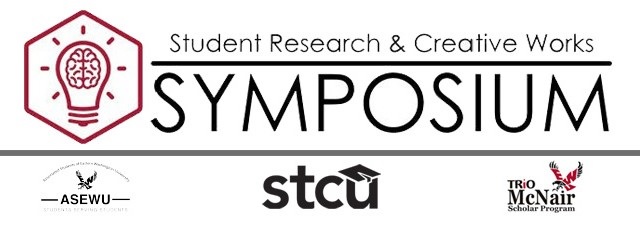Faculty Mentor
Nicholas Burgis
Document Type
Poster
Publication Date
2020
Department
Chemistry and Biochemistry
Abstract
SARS-CoV-2 is the virus responsible for the current pandemic. SARS-CoV-2 is a betacoronavirus with a genome that is 79.5% identical to SARS-CoV. The virus enters T lymphocytes using its spike protein with the human angiotension-converting enzyme 2 as its receptor. SARS-CoV-2 was found to have a unique peptide sequence that could contribute to the proteolytic cleavage of the spike protein, therefore potentially impacting host range and transmissibility. COVID-19 is diagnosed through a nasal swab SARS-CoV-2 RT-PCR assay and the most common symptoms appear to be fever, cough, and fatigue. The median amount of time an individual will be contagious with the virus is 20 days. Many possible treatment methods have been explored including a SARS-CoV-2 specific antibody that could be potentially therapeutic against the virus, natural remedies, potential oligo-based therapies, and ACE inhibitors. There are also IgM-IgG tests being developed that detect the antibodies against SARS-CoV-2 virus in the blood that could help determine transmission of the virus in the population.
Recommended Citation
Allen, Alexandra, "Literature Review of COVID-19 Biochemistry" (2020). 2020 Symposium Posters. 59.
https://dc.ewu.edu/srcw_2020_posters/59
Creative Commons License

This work is licensed under a Creative Commons Attribution-NonCommercial-No Derivative Works 4.0 International License.


